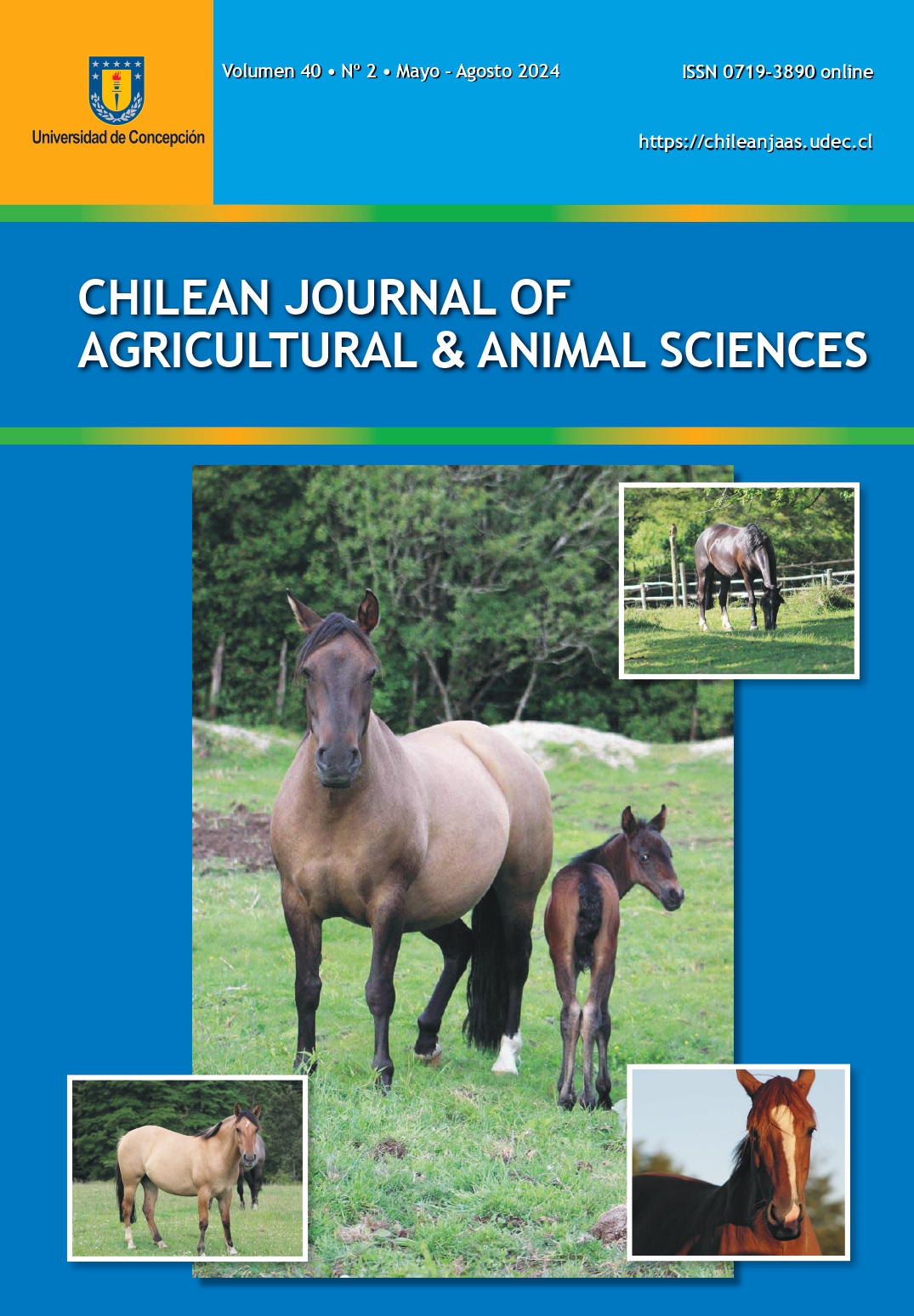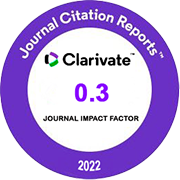SPATIAL VARIABILITY OF SOIL RESISTANCE PENETRATION ON A VERTISOL WITH SUGARCANE UNDER DIFFERENT MANAGEMENT PRACTICES
DOI:
https://doi.org/10.29393/CHJAAS40-32VMJY30032Keywords:
Soil compaction, harvest residues, fertilizationAbstract
Compaction affects the cultivation of sugarcane. The objective of this work was to analyze the spatial variability of resistance to penetration in a Pelic Vertisol planted with sugar cane under different management practices. The study was conducted in areas of the Provincial Sugar Cane Research Station of Holguín, Mayarí, Holguin Province, Cuba. The harvest was carried out with the cane plant variety C8612, using a KTP-2M combine cane harvester on tires, with a KAMAZ truck. A split plot experimental design was used, with 3 treatments, 4 subtreatments and 4 repetitions. The treatments were: crop residue burning (A), crop residue disposal (B), and crop residue conservation (C). An IAA/Planalsucar-Stolf impact penetrometer was used to determine the penetration resistance. The results were expressed in constant intervals (5 cm) up to 30 cm depth. The semivariances were determined as a function of distance; the adjustment of the experimental semivariograms was carried out using the appropriate theoretical models, and the degree of spatial dependence was verified. Soil penetration resistance increased up to the 15-20 cm layer, where it reached 11,133 MPa, decreasing to 8,401 MPa at a depth of 25-30 cm. The greatest resistance to penetration was found in treatments A and B. However, the most compacted layers appeared at a lower depth (10-20 cm) in A, compared to B (15-30 cm), particularly towards areas where organic fertilizer was not applied or not fertilized. The lowest penetration resistance was found in treatment C.
Downloads
Published
How to Cite
Issue
Section
Copyright (c) 2024 Juan Alejandro Villazón Gómez, George Martín Gutiérrez, Yakelín Cobo Vidal

This work is licensed under a Creative Commons Attribution 4.0 International License.






